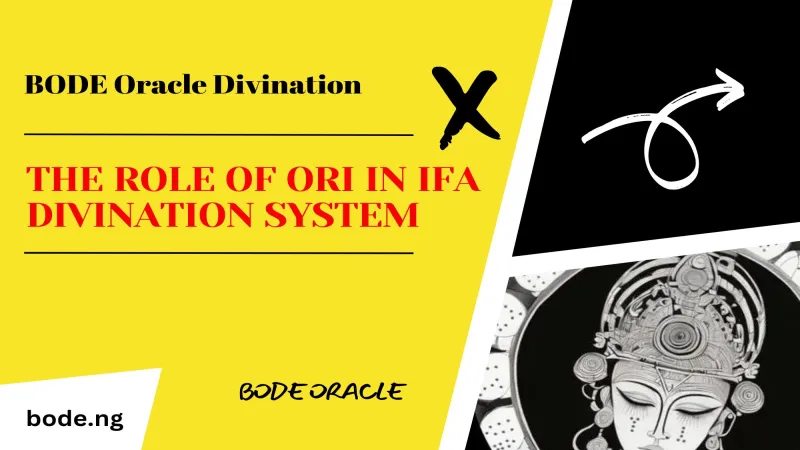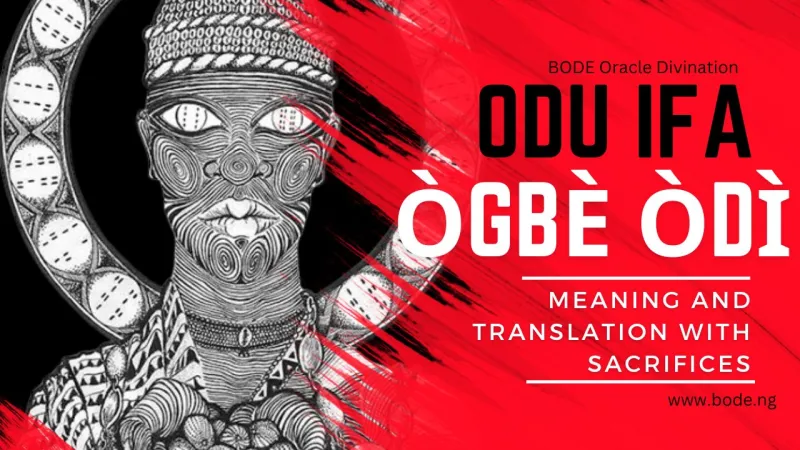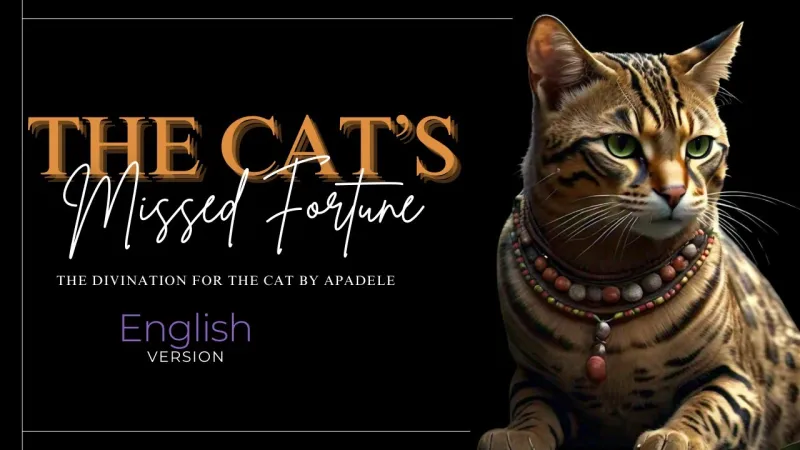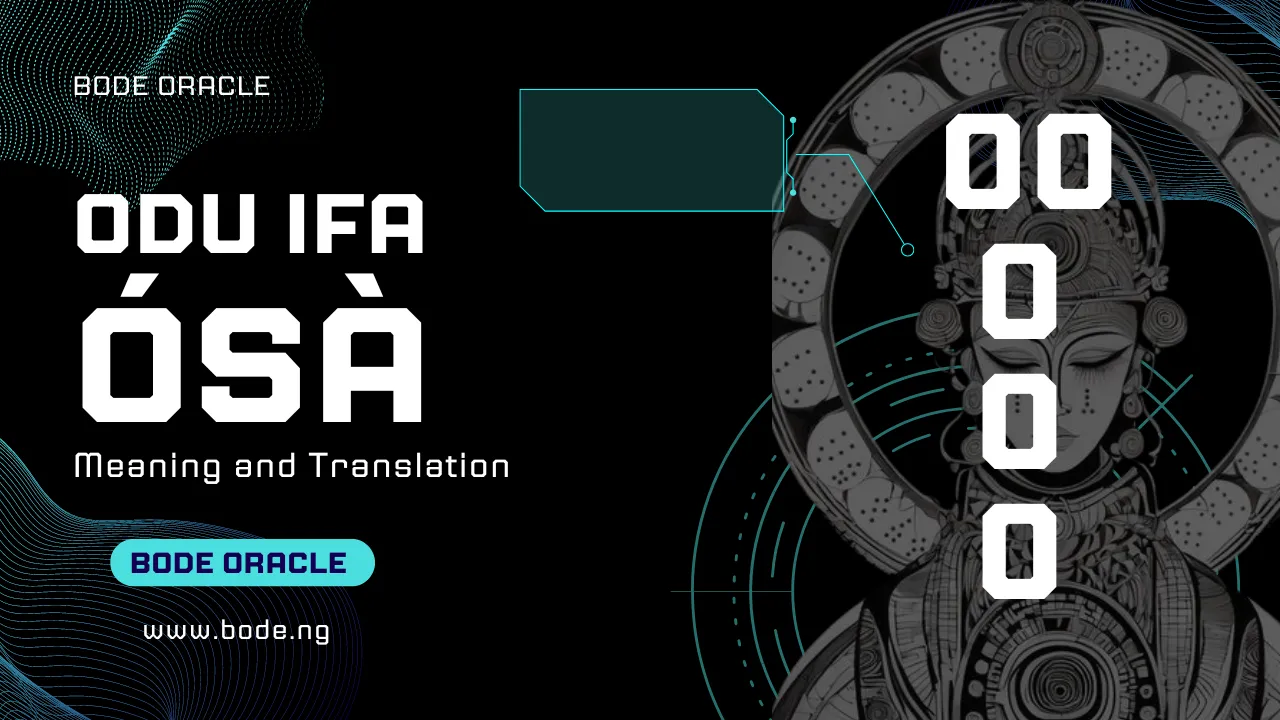Ori is the Yoruba term for the part of ourselves that allows us to think and be aware. In Ifá teachings, ori represents a blend of our thoughts and feelings, serving as a personal guide to our destiny.
You can think of it as your own unique spirit. Ori is the most advanced part of who we are. It embodies a divine element, reflecting the essence of Olodumare through our human experience.
Ori connects us to the highest energies in the universe. This connection helps us access our Guardian Ancestors, our Guardian Orisa, our Life Path Odu, and the strength we gain from our spiritual initiations.
Many prayers for ori start by calling upon Ela. Ela is known as the Spirit of Light and Manifestation meaning all things came into existence here on Ikole Aye (Earth) by way of Ela.
People Also Read
Iwe Odu Ifa by Ifayemi Awopeju Bogunmbe
Odu Ifa Signs And How They Are Cast
When we call upon Ela in our prayers, we connect Ori with Ela’s infinite wisdom in our limited human form. It is our Ori that combines the lessons we've learned throughout our lives to create true wisdom.
Your Ori then takes what you’ve learned and shares it with the ancestral pool, making it available to your entire lineage and potentially to all of humanity.
In Ifá, we have three key sources of spiritual support that help us stay grounded in life: our ancestors, the Orisa, and Ori.
Starting your Ifá practice with Ori is a great idea because it offers a deeply personal connection and is often the easiest to cultivate. Ori can also guide you in deepening your connection to other spiritual energies.
You can think of Ori as a ball of light surrounding your head, extending upward and outward into the Universe. However, you don’t need anything so elaborate for your connection to be meaningful and effective.
Ori The Ifa Concept of Consciousness
Ori is the Yoruba word that describes the part of us capable of conscious thought. In Ifá teachings, consciousness is seen as a blend of our thoughts and emotions.
When an Ifá elder encourages someone to think clearly, they often point to the heart rather than the head. This merging of thought and emotion gives rise to ori ire, or wisdom.
Ifá teaches that “the person who fails to use their wisdom becomes a fool.” According to Ifá, ori has four distinct areas of perception: we reflect on our internal experiences (identity and emotions), recognize our relationships with others (evaluating trust and empathy), examine the past (accessing memory), and envision the future (activating our imagination).
Read More
Awon Odu Ifa: All About The 16 Odu Ifa
These four modes of consciousness can be represented by a circle divided into four equal sections. In comparative religion, this symbol of inner experience is called a mandala.
In Ifá, the mandala of consciousness is represented by the circular divination tray. This quartered circle is a universal symbol of self that appears in many religious traditions throughout history.
You can see it in the sand paintings of Hopi shamans, the healing circles of Tibetan Buddhism, the temple art of Islam, the stained glass windows of Gothic cathedrals, and the markings on the Ifá divination tray.
Throughout the day, our minds quickly move through these quadrants to process information. When we encounter a new experience, we assess how it feels, recall similar feelings from the past, consider how it affects our relationships, and imagine its impact on future events.
Ifá says, “At sundown, a different person enters the house than the one who left in the morning,” highlighting the changes we undergo each day.
Being on a spiritual path implies using specific techniques to help integrate new information and experiences. By employing the symbolic language of the mandala, we expand our personal experiences and understanding.
In Ifá, many techniques for training ori are passed down as codes of behavior, cultural expectations, and through rituals that reveal transcendent symbols.
You Can Also Read More On
Brief History of Hermeneutics in Relation to Odu Ifa
Ori Inu The Ifa Concept of the Inner Self
Ori represents the mystery of consciousness, while ori-inu refers to a deeper mystery within that mystery. It is the invisible aspect of the self, or, as described in Yoruba, the self that dances in front of the mat.
In this context, the mat symbolizes the unity of all creation. Ifá teaches us that even after we reach the core of our being and individual consciousness, there exists a deeper layer that remains elusive and unknowable because it is the source of all knowing.
One of the goals of various Ifá and Orisa initiations is to reveal the ori-inu to the ori. This aspect of the initiation process is symbolized by Osun's illumination.
It also explains the taboo against newly initiated iyawos looking into mirrors. Once you fully see yourself, there’s a risk of losing yourself in the reflection until your inner self becomes easily accessible.
The ancient sages of Ifá conducted a thorough analysis of the elements that make up the total self. They identified various components that unite to form ori-inu, including Atari, ipako, apari-inu, ori-apeere, Alunleyan, Akunlegba, and Ayanmo.
Studying these elements and their functions helps us understand the connection between individual consciousness and the consciousness of Spirit.
Ori Apeere The Ifa Concept of Patterns of Consciousness
The phrase ori apeere translates to mean the pattern, example, or signs of consciousness. Ifá teaches that everything is created by energy patterns known as Odu.
These Odu patterns are present throughout all of Creation, indicating that similar energy patterns at different stages of evolution have a connection.
For instance, the fire of the sun, the fire at the center of the earth, and the fire in a blacksmith's oven all represent similar energy patterns in different realms of Creation.
Ifá suggests that the same Spirit has been reborn in different homes. When an individual chooses their destiny, they are also selecting a specific energy pattern or Spiritual Force to guide their consciousness in that lifetime.
The Spiritual Force that reincarnates an individual's consciousness becomes the main Orisa worshiped during that particular lifetime.
With each successive reincarnation, the Orisa that shapes the ori apeere of a specific iponri evolves, adding layers of depth to the growing consciousness of each soul as it reincarnates.



